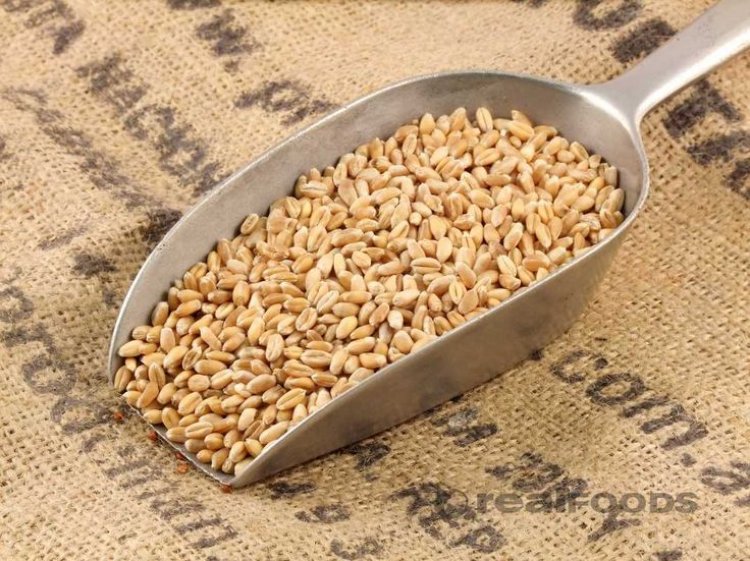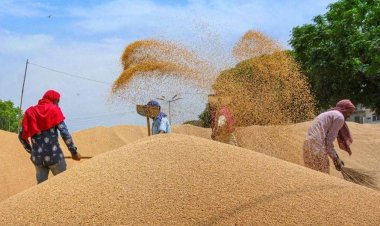Record production fails to curb wheat prices, raising import possibility
The rise in wheat prices is attributed to reduced arrivals of wheat in the markets. So far this month, a total of 2.52 lakh tonnes of wheat has arrived in the country's grain markets, compared to 3.51 lakh tonnes during the same period last year.

Despite claims of record wheat production of 11.33 crore tonnes, wheat prices are rising, and flour has also become more expensive. In the market, wheat prices have reached Rs 3,200 per quintal. The sustained pressure on prices has intensified calls for the government to release wheat under the Open Market Sale Scheme (OMSS). However, due to the current stock situation in the central pool, government intervention may be limited, potentially leading to a scenario where wheat imports become necessary. In response to rising wheat and flour prices, the central government introduced Bharat Atta at discounted rates. However, even Bharat Atta has felt the impact of inflation, with its price increasing from Rs 27.50 per kg to Rs 30 per kg.
According to the AgMarket portal of the Ministry of Agriculture, wheat prices in Najafgarh Mandi, Delhi NCR, have reached Rs 3,100 per quintal. In Uttar Pradesh’s grain markets, wheat is being sold at around Rs 2,800 per quintal, while prices in Madhya Pradesh are around Rs 3,000. Over the past month, wheat prices have risen by approximately Rs 80-100 per quintal. According to the Department of Consumer Affairs’ price monitoring, as of November 10, the average retail price of wheat nationwide was Rs 31.98 per kg, while the average retail price of flour was Rs 37.1 per kg, reflecting a roughly three percent increase in flour prices over the past month.
The recent increase in wheat prices is again linked to reduced wheat arrivals in markets. So far this month, 2.52 lakh tonnes of wheat have arrived in grain markets, compared to 3.51 lakh tonnes during the same period last year. This drop in arrivals is becoming a primary reason for the rise in wheat and flour prices and raises questions about the country’s record wheat production figures.
This year, during the Rabi Marketing Season 2024-25, the government procured a total of 266 lakh tonnes of wheat, which is higher than last year’s 262 lakh tonnes but falls short of the initially projected 300-320 lakh tonnes. In contrast, in 2021-22, government wheat procurement reached 433 lakh tonnes. The majority of this year’s wheat procurement—124 lakh tonnes—came from Punjab, with around 48 lakh tonnes from Madhya Pradesh.
The decline in government wheat procurement in Madhya Pradesh is believed to be due to higher prices that prompted farmers to sell to private traders rather than participate in government procurement. Additionally, extreme heat and weather conditions have affected wheat production. This explains the reduction in Madhya Pradesh’s procurement from the high of 125 lakh tonnes in 2020-21 to just 48 lakh tonnes this year, despite the state government offering a Rs 125 bonus over the MSP of Rs 2,275 per quintal.
Given the declining wheat arrivals in mandis and rising prices, pressure is mounting on the government to release wheat stocks to the open market. A scenario of wheat imports could also arise this year. However, with limited government procurement, there may not be significant scope for wheat sales through OMSS. With five months remaining until the new Rabi crop arrives, the ongoing increase in wheat prices is likely to heighten government concerns about inflation.



 Join the RuralVoice whatsapp group
Join the RuralVoice whatsapp group









































